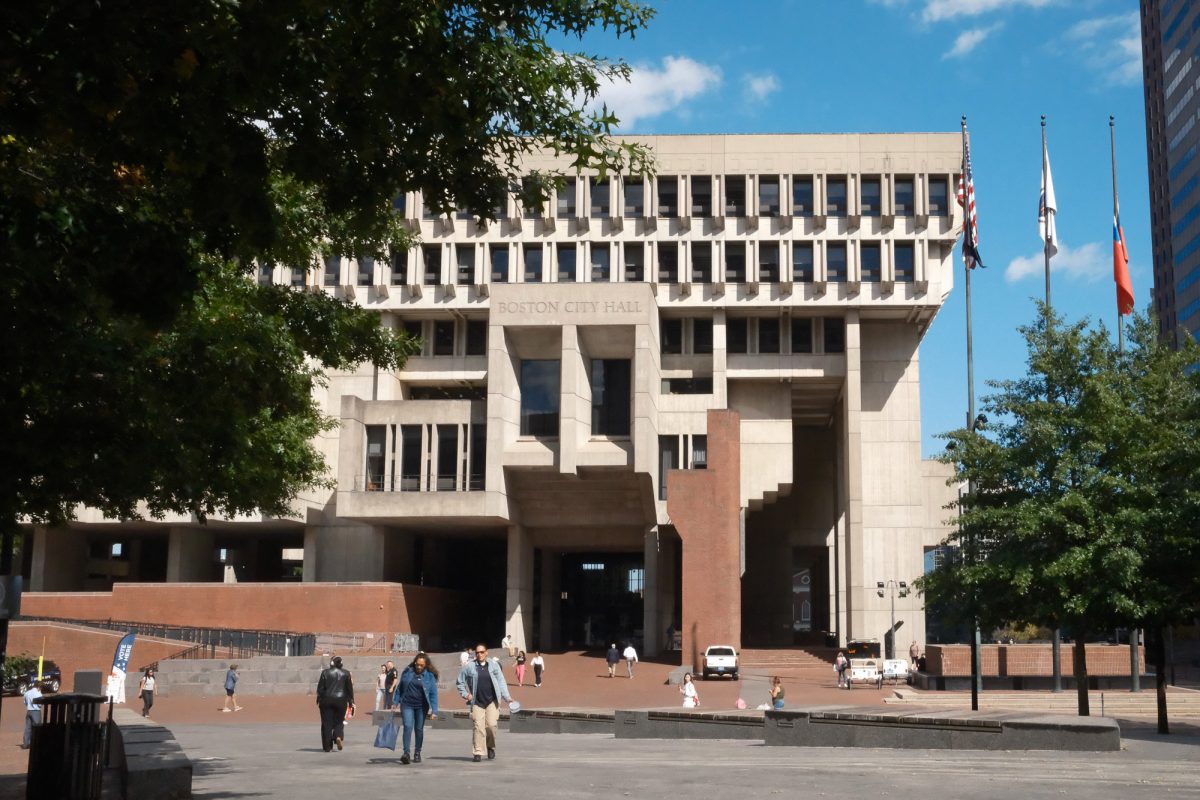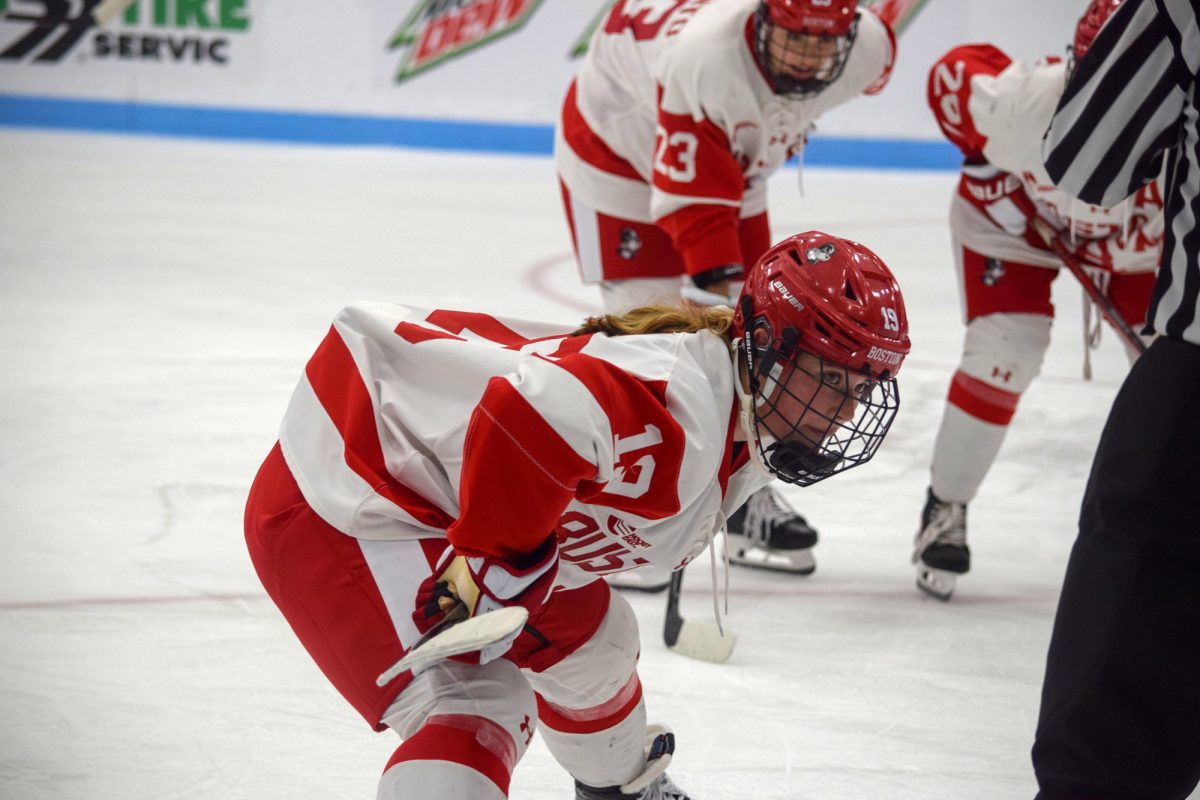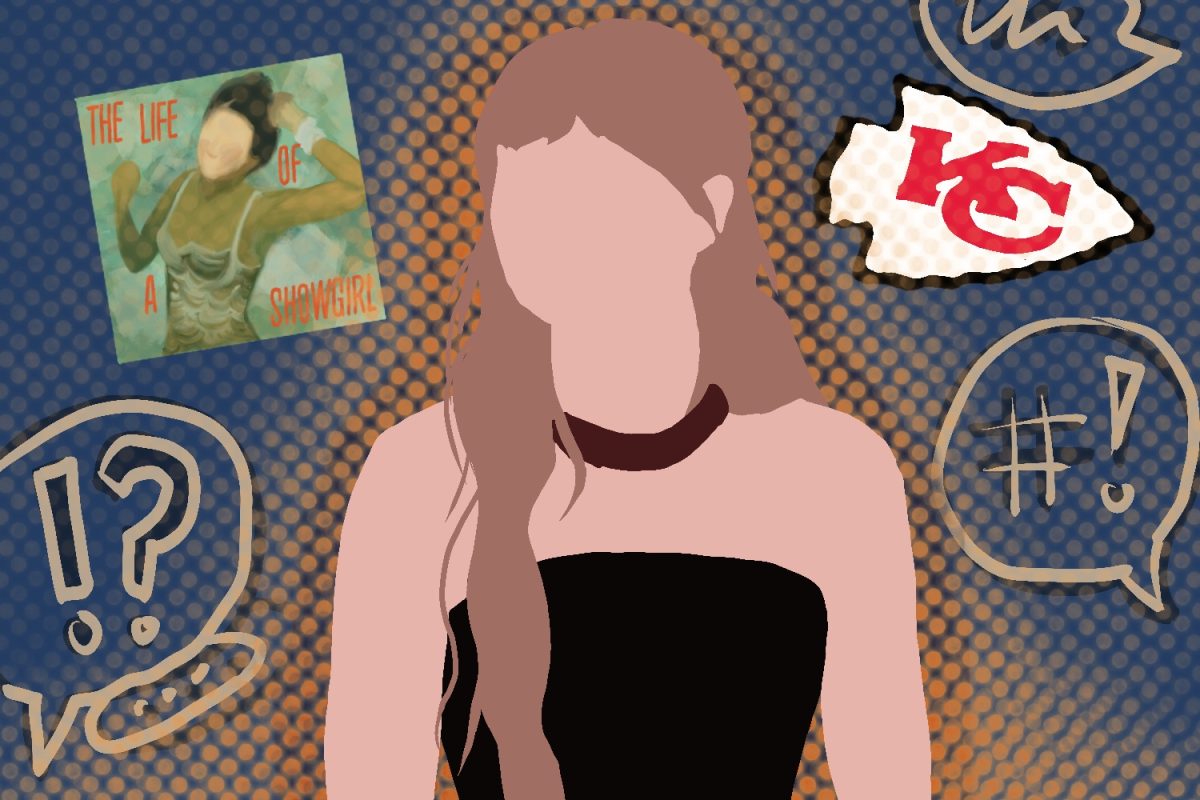Science may conjure visions of pocket protectors, but Simmons College professor Ren’eacute;e Bergland explained that that science can be sexy ‘- include more than one of the sexes, that is.
Female scientists of the 19th century faced great adversity, Bergland told about 30 students at BU’s Hillel House on Tuesday in her lecture about the plight of 19th century astronomer Maria Mitchell, a pioneer for female scientists.
Bergland, author of ‘Maria Mitchell and the Sexing of Science,’ said 19th century women were encouraged to pursue a high school education, but not college degrees. Despite this, Mitchell followed her dream and became one of only three 19th century female astronomers, Bergland said.
‘She was one of the most famous women of her time,’ Bergland said. ‘She was a superstar . . . a celebrity scientist.’
Bergland said 19th century women were nevertheless encouraged to pursue the sciences in high school.
‘It was a way of giving [girls] an education without shaking things up,’ Bergland said.
Mitchell’s father, William Mitchell, was a self-taught astronomer who encouraged his daughter’s interests in math and science, Bergland said. After nights of stargazing, Mitchell told her father she had seen a new comet, and he contacted Harvard University. It was this connection with Harvard that sparked Mitchell’s success.
Bergland said Mitchell continued to pursue her studies independently, until she was contacted by Vassar College to become a professor, Bergland said.
In 1875, people worried that women were becoming too educated, Bergland said. Scientists began to claim that women would become infertile or masculine if they used their minds too much.
‘They would be thinking so hard that they would lose their ability to reproduce,’ Bergland said.
Despite Mitchell’s attempt to break barriers for women, only two of her female students managed to get jobs as astronomers, but available positions for men were far more plentiful, Bergland said.
‘In the end, I find her story sad,’ Bergland said. ‘But in the end for us, I find the story quite inspiring.’
Women’s Studies Program Interim Director Deborah Belle said attitudes toward women entering the sciences have changed dramatically since Mitchell’s time.
‘We live in an era right now where opportunities are rapidly expanding for women in the sciences and many people are working very hard to make that happen,’ Belle said.
Despite historic struggles for women, attendees said they think opportunities for women interested in science in the future will only multiply.
‘Well, I think it’s a story that you can do anything if you want to . . . that all opportunities are available,’ Harvard-Smithsonian Center for Astrophysics scientist Andrea Dupree said.
Bergland said she was optimistic about the future.
‘I think that the same possibilities are out there if we can change our attitudes,’ she said. ‘Today, we can once again believe that girls can and should do science.’

























































































































